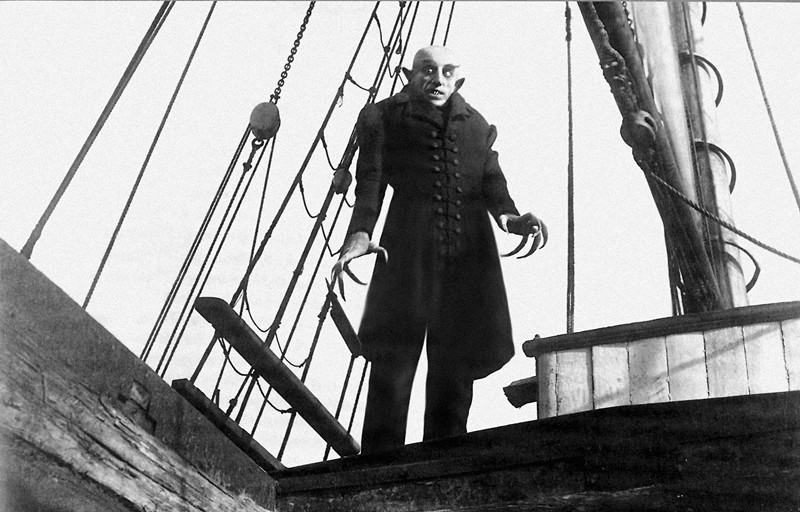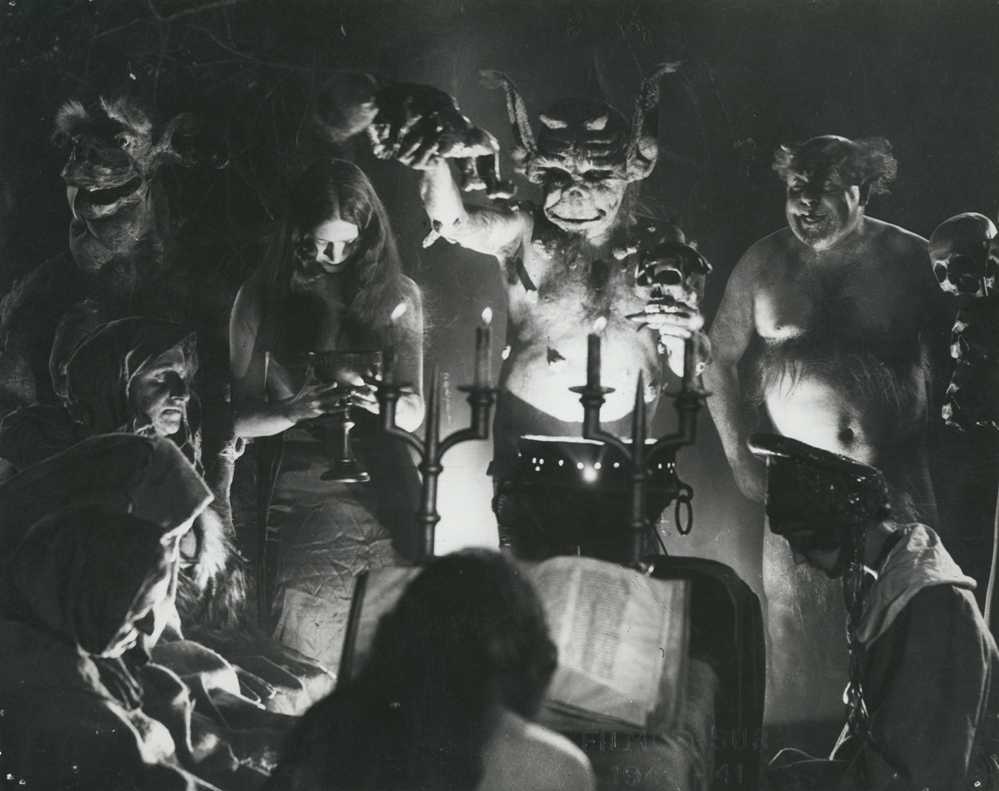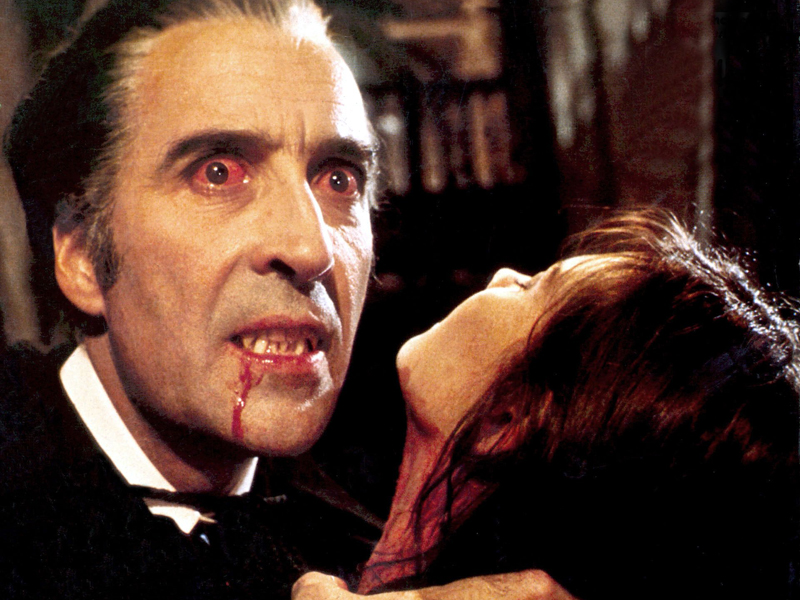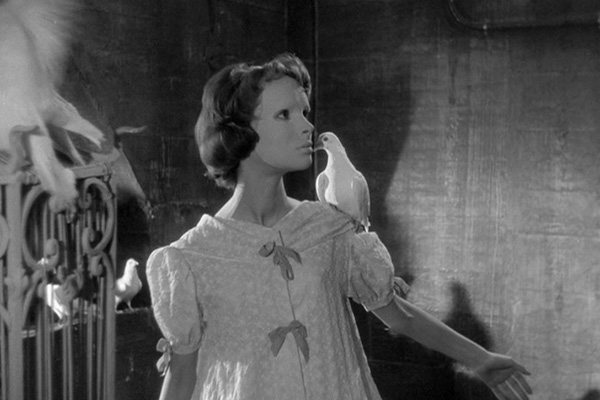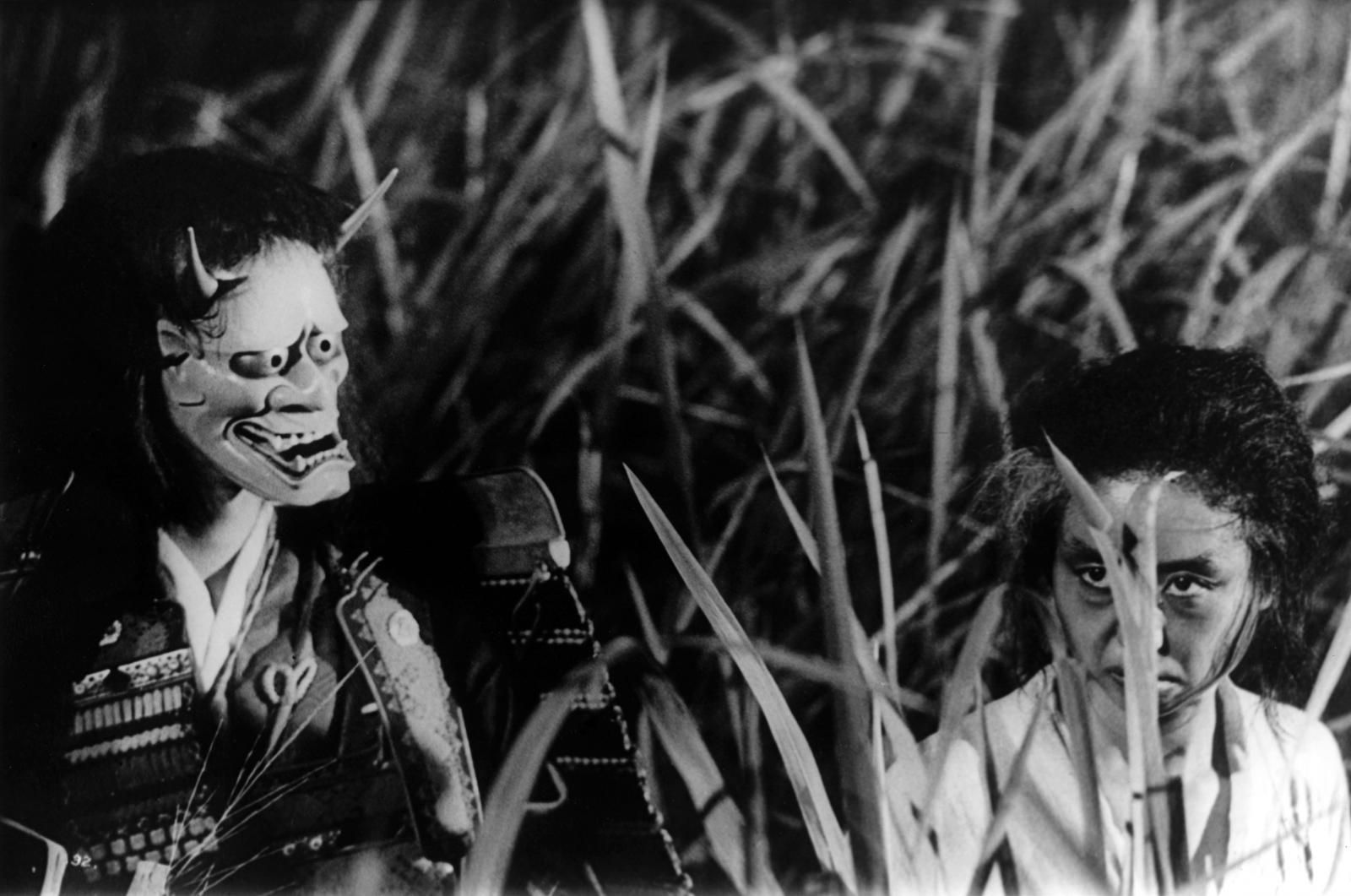We like to think that we all share the same common fears: death, decay, monsters, uncertainty, intimacy, and so on. Whilst horror movies are expected to play on these visceral fears, a truly terrifying film will find horror also in the modern-day. A horror film can thus expose the blight which ate away at a particular society at a particular point of time.
You’ve heard the parable that ‘Hamlet’ could not have existed had Shakespeare lived in our times. But what if Tobe Hooper had lived in Elizabethan England? Would we still have ‘The Texas Chain Saw Massacre’? The simple fact is that any text, play or film, deserves to be considered as a cultural artefact. Horror offers a unique perspective in that it observes the world through a dark lens; it aims to evoke a negative response.
Horror, at its finest, can distinguish the cultural fears of its nation. Take the television series ‘American Horror Story’. Each season (with the exception of the southern gothic ‘Coven’) could realistically have been placed in any other western nation. Although they are “horror stories” as the name suggests, they don’t feel authentic enough to be “American horror stories”.
Every society has an ‘other’. Every society has its canker. Horror offers a voyage into the dark heart of cultural-consciousness. By experiencing the terror of another time and another place we may more appropriately relate to the people we were destined never to meet. We can live someone else’s nightmare.
1. Nosferatu: A Symphony of Horror (1922, Weimar Republic)
The vampiric other in F.W. Murnau’s ‘Nosferatu’, a masterpiece of German expressionism, has become an icon of popular culture. As a modern audience however it’s easy to miss the vein of anti-Semitism which permeates the film.
An unauthorised adaption of Bram Stoker’s ‘Dracula’, it follows a real estate agent Thomas Hutter (Gustav von Wangenheim) summoned to the palace of Count Orlok (Max Schreck). Murnau immediately warns of the danger of leaving the comfort of civilised society. The images which drift by silently like a nightmare establish the Carpathians as a strange world of shadow and fog lorded by monsters.
These monsters, therefore, are those people lurking beyond the cultural norm. The ‘Stab in the Back’ mythology became a socially-agreed fact in the Weimer Republic. It posited that Germany had not been defeated during WWI but rather was betrayed at home by ‘the November Criminals’: Jews, socialists, democrats, and other minorities who apparently threatened the security of the state.
Orlok’s appearance is a product of the Republic’s xenophobia. His elongated nose, bald head, and bushy eyebrows recalls the racist caricatures of Jews which emerged in the German right-wing following WWI. He is sub-human. Murnau’s interest in light and dark in regards to the monster, most memorably as a shadow looming up a staircase and over Ellen Hutter’s breast, presents Jewish influence as a malevolence which corrupts the innocent.
‘Nosferatu’ becomes even more terrifying when we consider its backdrop. The anti-Semitic fears which it echoed would later legitimise some of the larger themes of the Nazi doctrine: the Jewish Question, Volksgemeinschaft, and the primacy of race.
2. Häxan: Witchcraft Through the Ages (1922, Sweden/Denmark)
A horror movie disguised as a documentary, Benjamin Christensen’s ‘Häxan’ contains some of the creepiest visuals ever captured on film. Featuring an unprecedented amount of graphic nudity, blasphemy and torture, it offers a response to Scandinavian superstition.
The film has not plot: it examines the history of witchcraft with the general argument that ignorance leads to murder. Still images turn into dramatized sequences of the absurd confessions tortured out of women by the Inquisition. Now imagine these fantasies include witches flying on broomsticks, women kissing the anus of Satan, and devils fornicating in the forest.
It’s ridiculous yet it’s become fact in the eyes of the superstitious. ‘Haxan’ notably reflects on the crimes of the Inquisition which was only formally abolished in 1908. The film’s proposed anti-Catholic content sparked outrage globally; it was banned in the USA.
Christen doesn’t hide the fact that he’s critiquing his modern-day. While not an overtly feminist film, ‘Häxan’ makes comparisons of the treatment of women deemed ‘witches’ by the Inquisition to the treatment of mentally-ill women in the early 20th century. Generally speaking it criticises the hypocrisy of institution, whether it is the patriarchy or the Catholic Church, whose torture scenes are as horrific as any of the well-costumed devils Christen conjures up.
‘Haxan’ suggests that to find demons one ought not to look to fairy tales but to the history books.
3. Dracula (1958, UK)
Terence Fisher’s adaption of ‘Dracula’ launched Hammer Horror to mainstream success. Featuring a profane level of blood and eroticism for its time, it evokes British fears of class-consciousness emerging in the late-1950s.
Setting the mood for later Hammer pictures, the film follows Dr. Van Helsing (Peter Cushing) who peruses the titular vampire (Christopher Lee). The lengthy prologue, in which the apparent hero is killed, is stylishly, sexy, and creepy. Not only does it establish the film as a bolder take on the Dracula mythology, but warns of the dangers of entering the hedonistic and vampiric upper class.
There are undeniable undercurrents of class discrimination. Whilst it offers a fantastical and escapist plot which diverges from the emerging kitchen sink dramas of the British New Wave, it captures the social realism typical of the late-1950s. Lee’s now-iconic performance portrays the vampire both as a sexual predator and a product of the aristocracy. The gothic sets of his castle although grandiose, are hollow.
Fischer’s adaptation stands as one of the great British horror films. What better metaphor for society’s ‘other’ than the vampire? Dracula, in this case, has become representative of a wealthy upper class that has become so detached from morality a crucifix may burn them. They’re monsters; and when confronted they’ll simply fade into dust.
4. Eyes Without A Face (1960, France)
Georges Franju’s gruesome fable ‘Eyes Without a Face’ was one of the earliest horror films to have a human monster. It fractures the myth that everyone in France participated in the resistance to Nazism.
Dr. Génessier (Pierre Brasseur), with the help of his assistant Louise (Alida Valli), attempts to heterograft the faces of kidnapped women onto his disfigured daughter Christine (Edith Scob). This objective is exposed gradually in a series of clues which initially makes the audience sympathise with the man who is later revealed as the villain.
French society following WWII was forced to recover from the Nazi occupation and come to terms with its complicity in the holocaust. Elaborating on the visual poetry that became characteristic of the French New Wave, Franju challenged censorship laws by creating one of the bloodiest films yet made. Génessier does not possess the usual traits of the cinematic mad scientist. The experiments are horrific – the film’s most notorious scene shows a woman’s face being peeled away – however the doctor is sane.
‘Eyes Without A Face’ reflects a loss of identity. There is no longer distinguishing between the murderer and the accomplice, the patient and the murdered. It is reasonable to see the characters as allegorical: Génessier as the Third Reich and Louise as France, its faithful assistant. Génessier’s grotesque operations recall the inhumane experiments carried out by the Nazis in concentration camps.
Who’s responsible? Whilst Franju asserts that the burden may be found in the eyes of every Frenchman, he also asserts there is hope in there to. Christine, walking into the distance with a dove on her hand, has repented and been forgiven; France will be reborn.
5. Onibaba (1964, Japan)
Kaneto Shindo’s ‘Onibaba’, is a masterpiece in minimalist horror. Playing on many of the conventions of the chanbara samurai film, it fuses the cultural tradition of Noh theatre with the ongoing trauma caused by WWII.
A period piece set during a civil war in the mid-14th century, the film follows a mother (Nobuko Otowa) and daughter (Jitsuko Yoshimura) who kill lone samurai to sell their belongings. The title sequence is unforgettable; pierced by Hikaru Hayashi’s enigmatic score of Taiko drumming fused with Jazz and the occasional scream, it suggests an unseen force living in the impenetrable grass.
This force is no longer purely physical. The emerging chanbara genre found parables between samurais haunted by their experiences in war with the current social state of post-war Japan. Contrary to the Kurosawa epic which focused on spectacular battle scenes, Shindo leaves the fighting off-screen, leaving it as a presence which is felt rather than seen or heard.
The final scene shows the daughter breaking off the Hannya mask stuck to her mother’s face, to reveal sores and scares resembling the disfiguration caused to victims in the atomic bombings of Hiroshima and Nagasaki. The mother’s chilling pleas “I’m not a demon. I’m a human being” evokes a clash of the traditional ‘demon hag’ archetype with the horrific effect of radiation.
The final frames; a repetition of the mother leaping presumably to her death in the hole where she retrieved the mask, implies that the horrific memory of WWII have been condemned to the grave and forgotten. As a result, history is liable to repeat itself.
Eerie, erotic, and genuinely-unsettling, ‘Onibaba’ stands out as one of the great Japanese horror films.

